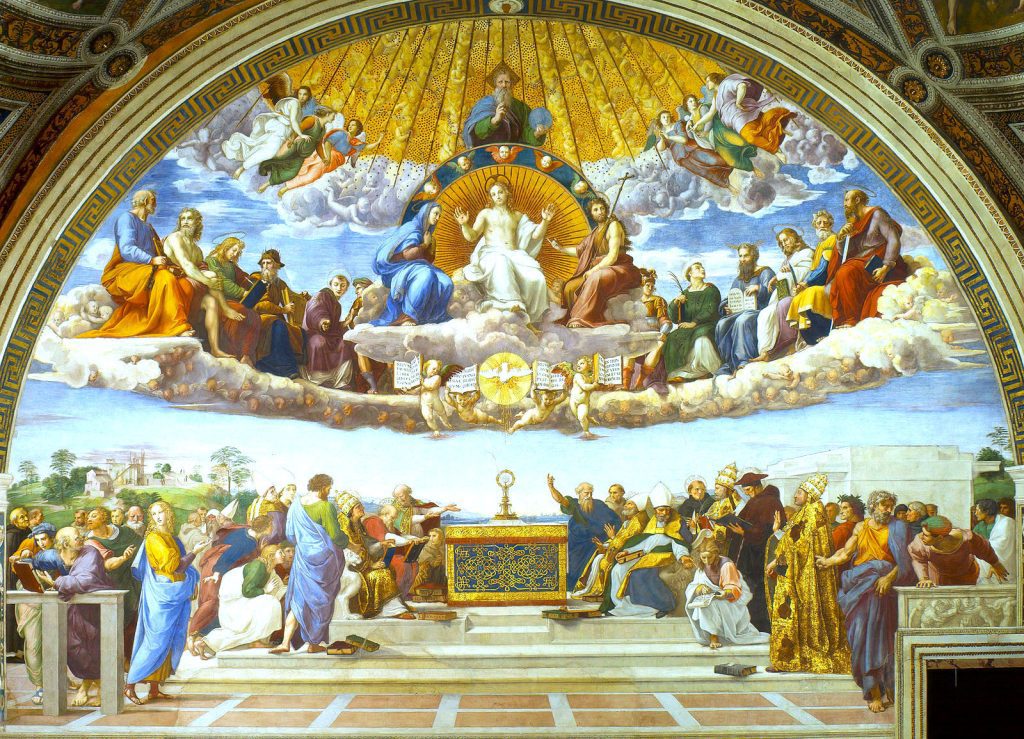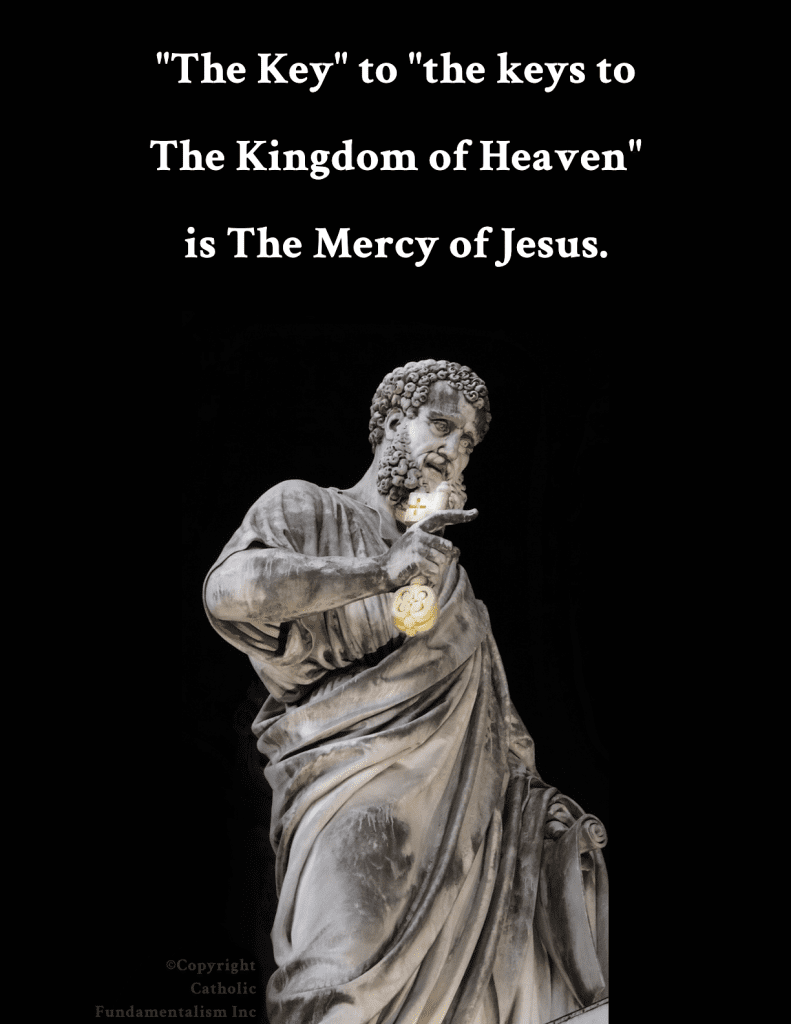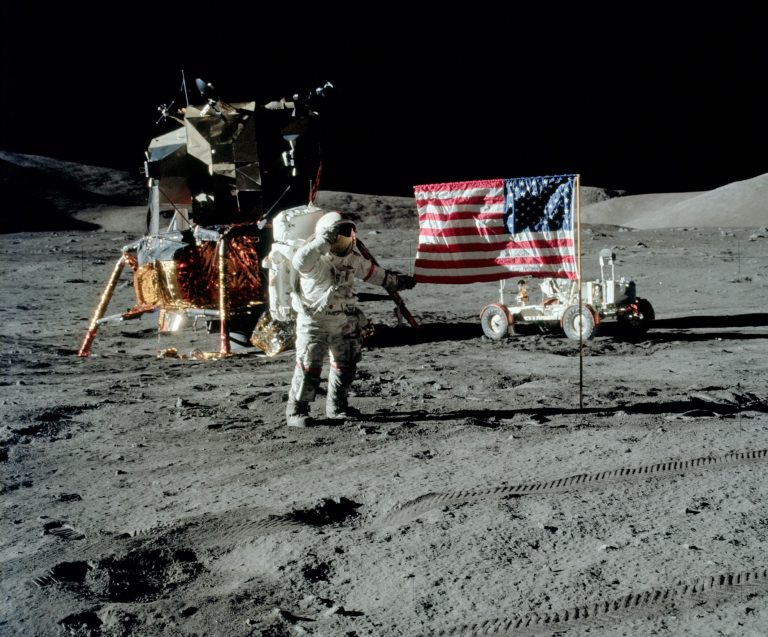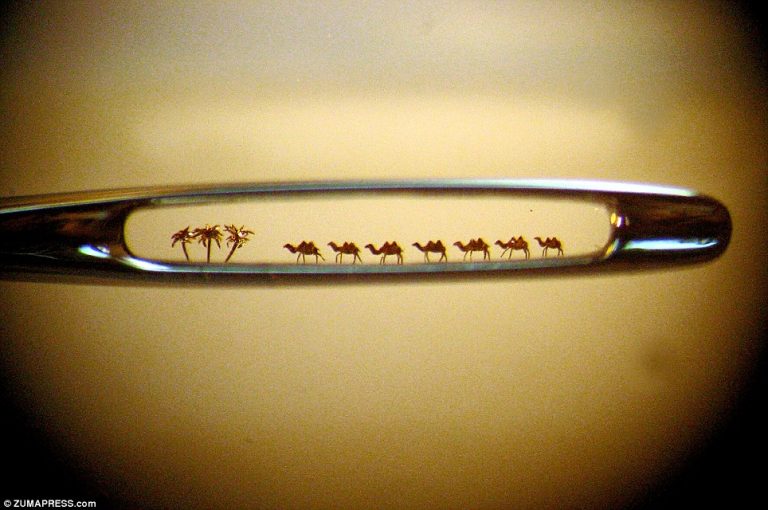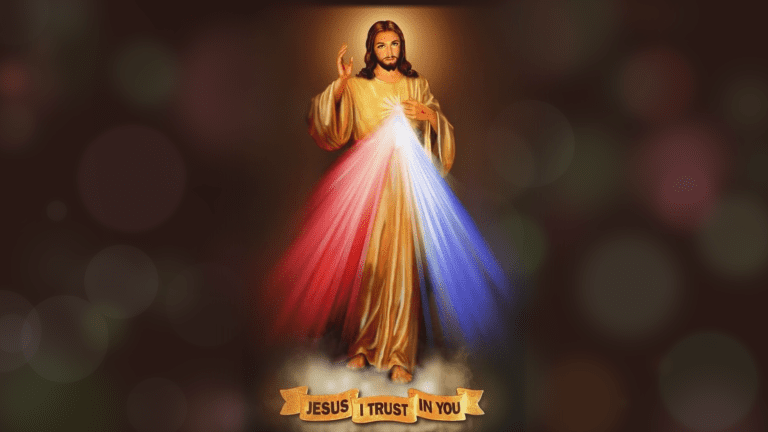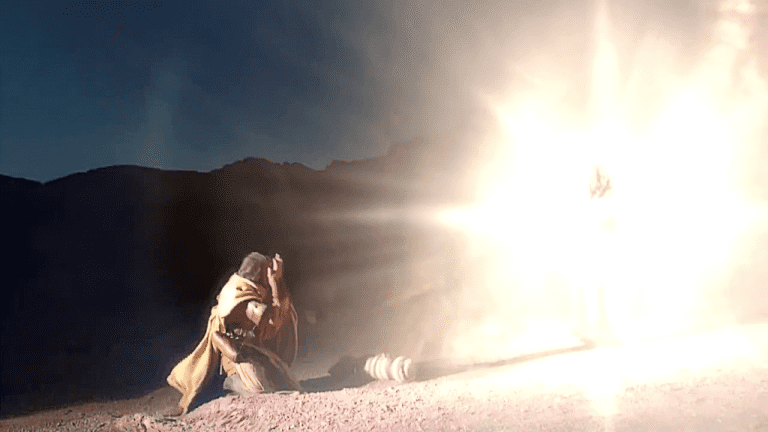America has long been a hotbed of fracturing and consolidating. At any given time, dozens companies are becoming conglomerates while existing conglomerates are spinning off subsidiaries.
In religion, America has one giant denomination, the Roman Catholic Church. Methodists, Presbyterians, and the other “mainline” denominations are disappearing before our eyes. Many survive on endowments accumulated in the 1900s. Their endowments are less augmented by inheritances as the oldest members of the church leave for the great beyond and younger people look elsewhere for fulfillment.
Most mainline churches are struggling to pay their bills. Bubbles are bursting.
Taking advantages of the lower costs provided by economies of scale, giant mega-churches have been popping up. With huge, well-paid staffs, initial enthusiasm at a high point, locations carefully chosen for prosperous demographics, and charismatic leaders, mega-churches seem to be the wave of the future.
Are giant, mega-churches good or bad?
The Crystal Cathedral, built in 1981, was a prototype of the modern mega-church. It did well, until it didn’t. The founder’s family, as other famous evangelists of our largely Protestant past, didn’t do well at continuing the vision.
The Crystal Cathedral was recently sold to the Roman Catholic Church. That may happen to more mega-churches as they run out of steam. Those bubbles don’t tend to last as long as the ones blown by Luther, Calvin, and other ex-Catholics with more respect for theological consistency.
The old, dying Mainline churches from the fifteen and sixteen hundreds at least made pretenses at having valid theological virtues. New, thriving mega-churches focus on feelings more than doctrine. No boring, hair-splitting discussions on free will, Christ-like priestly celibacy, or the Real Presence for them. Such issues are “divisive”. Serious discussion is discouraged.
So, the new churches come and go, like gaseous bubbles in The Creation Program. Hopefully, they will leave their huge churches, vast parking lots, and convenient locations in good shape. They may serve as buildings for The Roman Catholic Church when the personality of the mega-church founder can no longer keep it together.
Churches founded by humans are destroyed by vanity. Will Catholics end up with more of them, besides the Crystal Cathedral?

